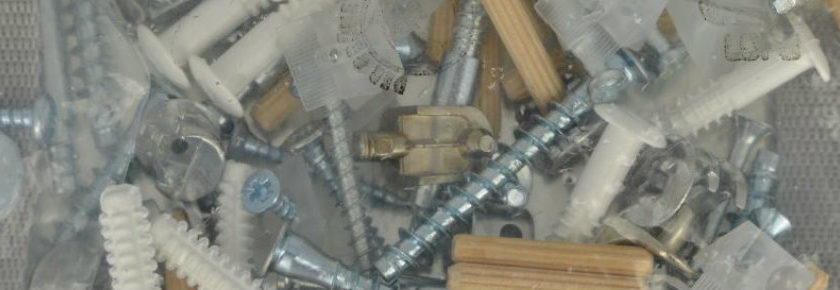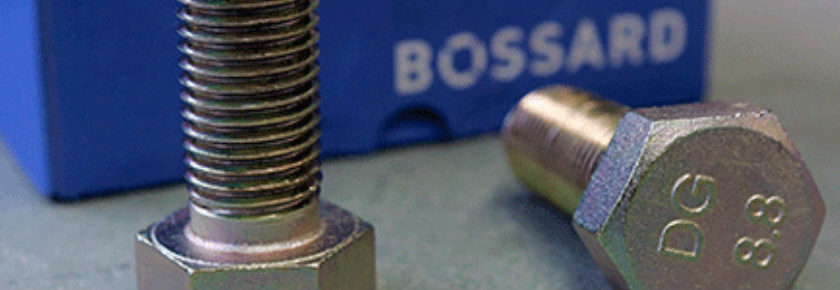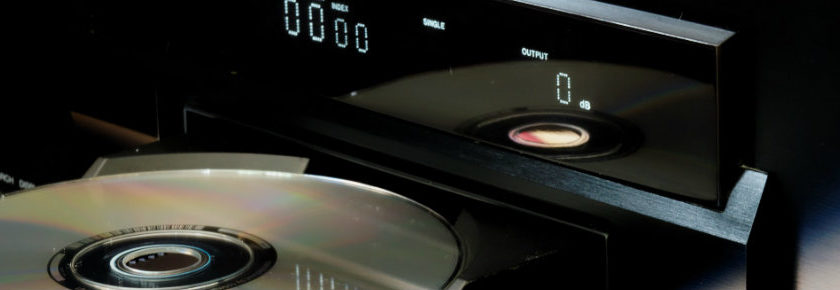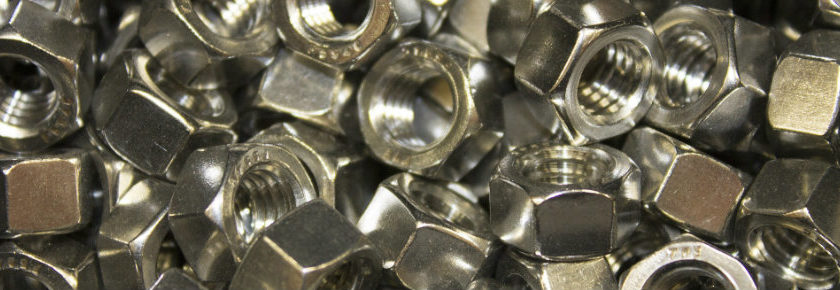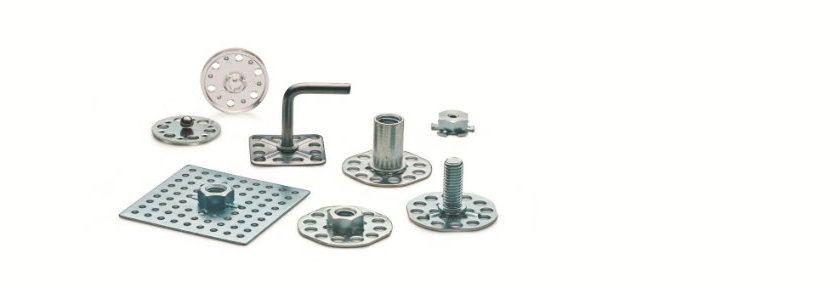Organizing cables can be a nightmare if it’s not done right the first time. Cable clamps help ensure the work being done is kept neat and clean by providing an assortment of options based on the cable that is being installed. Clamps range from self-aligning, hinged locking, compression, stainless steel, steel cushion and vinyl coated. With several options readily available, it’s best to customize the clamp to the type of cable being implemented and the environment that the cable is being installed in.
Self-Aligning Clamps
Self-aligning clamps are designed with rounded edges to reduce the hazard of chafed cables. The style of the self-aligning clamp also safeguards the cables with the interlocking technology that mounts and secures the line so that it cannot separate from the brace.
Hinged Locking Clamps
Hinged locking clamps have a hinged design that locks in place while providing tension relief from the wires. These unique brackets also reduce vibration as they hold the cables securely in place.
Compression Cable Clamps
Compression cable clamps also operate on a hinge. Unlike the hinged locking clamps, the compression braces allow for the addition and removal of cables over time. These could be useful when implementation of future cables is expected.
Steel Cable Stays
Steel cable stays offer a quick and simple way to secure cables. These steel cable stays have an adhesive back support that offers a secure grip for cable installation.
Stainless Steel Cable Clamps
Stainless steel cable clamps were designed to tolerate tougher environments. Their corrosion resistant construction and thoughtfully stamped edges ensure a secure hold for cables. The style, much like the self-aligning clamps, also protects wires from deteriorating from friction.
Steel Cushion Clamps
Steel cushion clamps have an EPDM cushion that lines the inner workings of the clamp. This rubber lining absorbs vibrations and provides insulation for electrical wiring. These braces also resist erosion as part of its zinc electroplated make-up.
Vinyl Coated Clamps
Vinyl coated clamps offer more flexibility. There are two types: the steel clamp and the steel spring clamp. They both offer a grip and insulation through the vinyl construction. The softer steel offers the ability to manipulate the shape based on the wires that are being installed. It’s also worth noting that the spring clamps may show more favor to ribbon cables while still supporting rounded cables too. While these clamps fasten to the wall, their flexibility allows them to remain fastened as adjustments are made to the actual hold of the cables.
Not sure which cable clamp is best for your application? Contact us at ProvenProductivity@Bossard.com to speak with one of our engineers.
February 09, 2018
Read More

